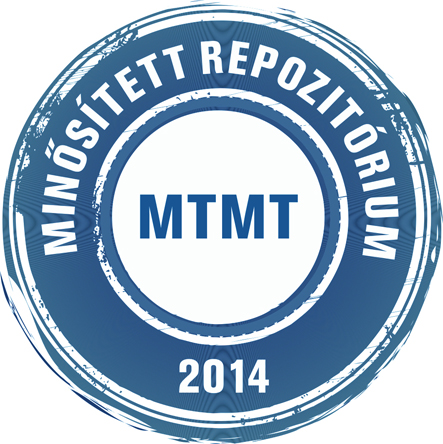Nagy Angelika: Egy hely, két különálló történelem : Elek története az őskortól a németek betelepítéséig. In: Délvidéki szemle, (7) 1-2. pp. 133-148. (2020)
Előnézet |
Cikk, tanulmány, mű
delvideki_szemle_2020_001-002_133-148.pdf Letöltés (128kB) | Előnézet |
Absztrakt (kivonat)
This study is the first one of a greater work giving an introduction on the history of Elek. The settlement lying at the south-eastern border of Hungary was an inhabited area already in prehistoric and ancient times, owing to its natural assets such as rivers and arable croplands. The first written mention dates back to 1232, however, the settlement’s history in the 13–14th century has been unknown so far. Though from 1404 data can be found in relation to Elek in twenty-seven charters, these are not sufficient enough to draw up a comprehensive history of the settlement. In the Middle Ages, Elek was a villeinage owned by squires but it did not become a manorial centre, and until 1560, it did not either become part of a manorial estate. The population almost exclusively consisted of Hungarians. The continuity of the medieval society was interrupted in the sixteenth century: indigenous inhabitants either fled away or perished under the Turkish occupation. In 1724, landowner baron János György Harruckern invited German settlers from Franconia to the depopulated lands. In 1854 it was mentioned as a market-town, and as long as to the First World War the settlement had gone through an ongoing development. The medieval and modern history of the settlement can only be linked by the topographical identity and the name, since from ethnical point of view, the medieval Elek is incomparable to the ‘new’, today’s town, which was established after the resettlement. The county’s largest German ethnic community had lived here until the Second World War.The study gives an overview on the history of the settlement dating from the beginnings to 1800. In its historic introduction, on the one hand, it relies on the available archaeological data from the prehistoric era to the end of the late Middle Ages, on the other hand, it uses facts acquired from written sources and looks at their relationship from the thirteenth century on. Nevertheless, it does not embrace demographic, societal, religious facts and events.
| Mű típusa: | Cikk, tanulmány, mű |
|---|---|
| Rovatcím: | Kitekintő |
| Befoglaló folyóirat/kiadvány címe: | Délvidéki szemle |
| Dátum: | 2020 |
| Kötet: | 7 |
| Szám: | 1-2 |
| ISSN: | 2416-223X |
| Oldalak: | pp. 133-148 |
| Nyelv: | magyar , angol |
| Befoglaló mű URL: | http://acta.bibl.u-szeged.hu/73786/ |
| Kulcsszavak: | Elek története |
| Megjegyzések: | Bibliogr. a jegyzetekben : 148. p. ; összefoglalás angol nyelven |
| Feltöltés dátuma: | 2021. nov. 12. 14:52 |
| Utolsó módosítás: | 2021. nov. 12. 14:52 |
| URI: | http://acta.bibl.u-szeged.hu/id/eprint/73875 |
 |
Tétel nézet |



